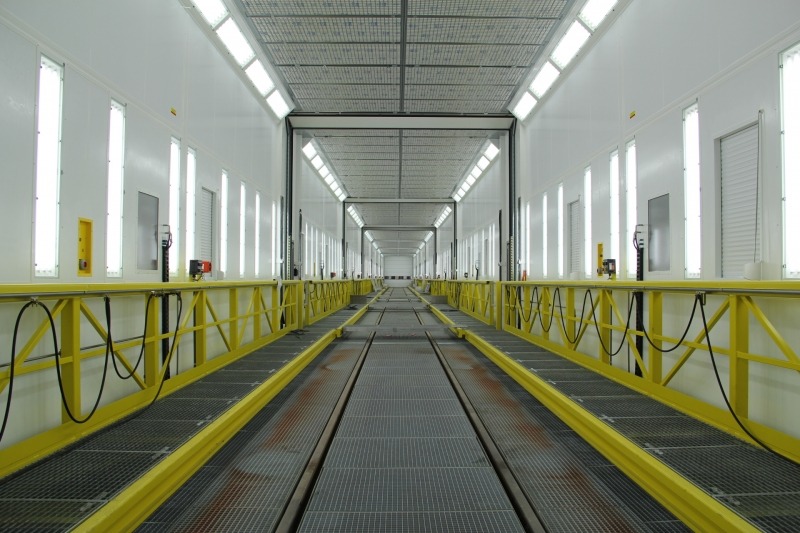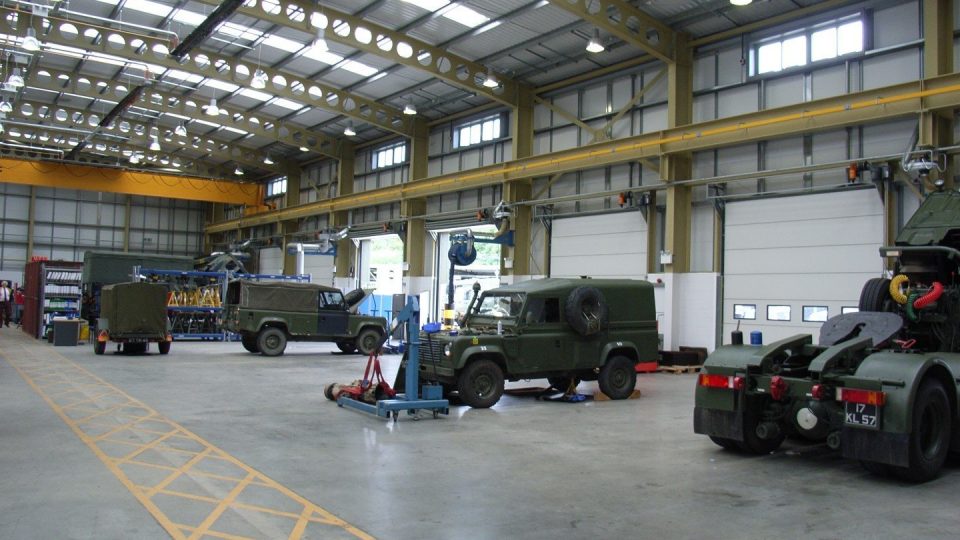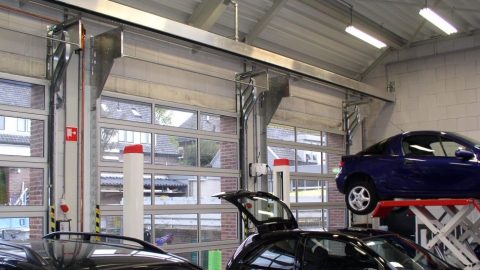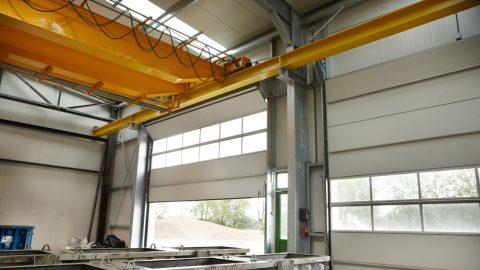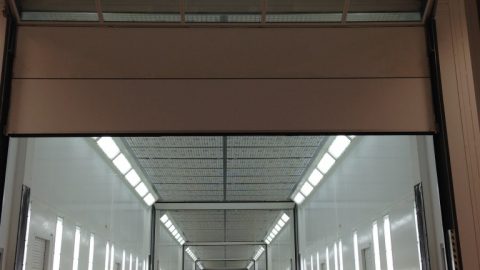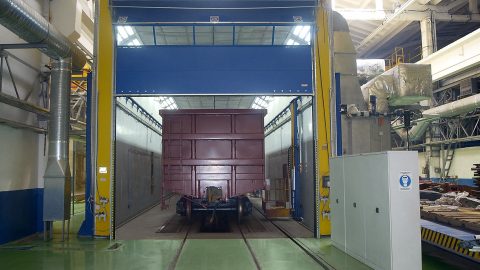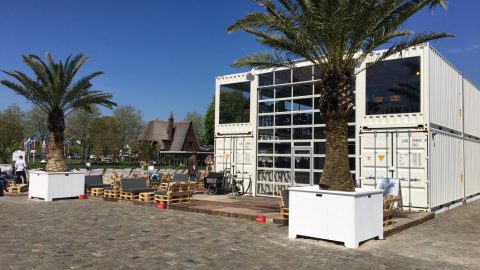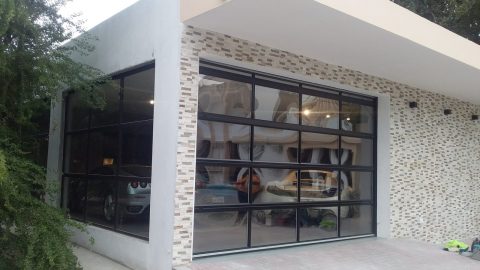The Compact folding doors may be used in certain rooms with an explosive athmosphere.
The mechanical elements of the Compact folding door comply with:
Directive 2014/34/EU (ATEX 114 Directive)
Directive 2014/34/EU reference: II 3 GD T6
This classification indicates:
o II: other explosive conditions than mining (mining is “I”)
o 3: stands for Category 3 (Zone 2 Gas, Zone 22 Dust)
o G: stands for Gas
o D: stands for Dust
o T6: stands for the temperature class
The mechanical elements of the door are therefore suited to a situation where an explosive gas or dust may occur in accordance with Zone 2 / 22 whereby that gas or dust must have a fire point that is higher than 85°C (T6).
Adjustments to Compact folding door with mechanical ATEX
In order to make the folding door suitable for placing in a potentially explosive environment a number of adjustments are made:
- Automatic static discharge of the door
- Transformer for the slack rope guard
- Connection to blue ATEX cables
There are a few aspects that also must be taken account of:
- The motor must be fitted outside the explosive area, this may mean that adjustments have to be made to the motor, e.g. an extended shaft, possibly in combination with a front-fitted motor.
- The control box must be fitted outside the explosive area.
- The Compact folding door is only available with a “deadman’s control” in ATEX-compatible models.
ATEX for electrical components of the Compact folding door
For parts of the motor and electrical installation it depends which parts are in the ATEX zone. The temperature class of these components may naturally change the temperature class of the whole. For instance, if the drive is T4 then that will be the determinative temperature class for the door as a whole.
